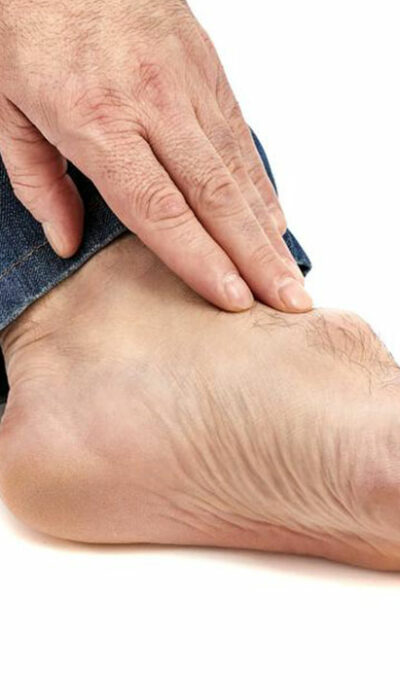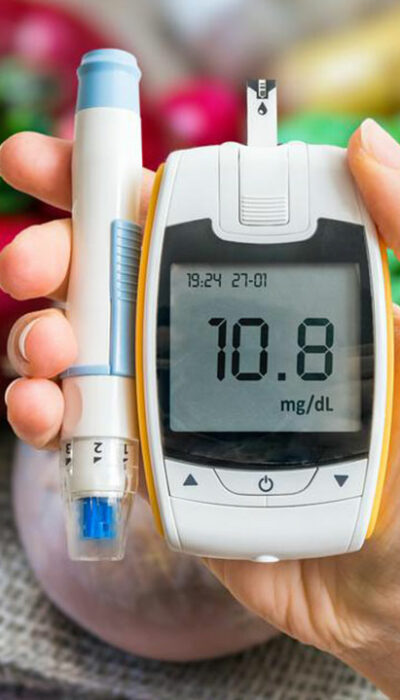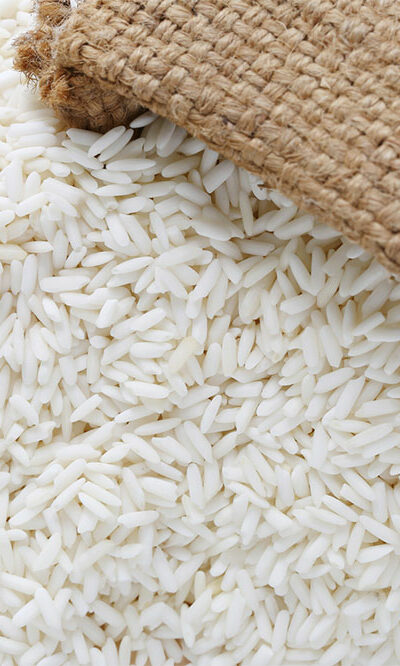
Gout – Causes, Symptoms, Treatment, and Diet Plans
Inflamed joints are a painful condition. Joint pain due to arthritic conditions like gout is one of the leading cause of pain worldwide. Gout is a type of inflammatory arthritis that is characterized by the accumulation of uric acid crystals around the joints. The course of gout is recurrent with attacks of inflammation, followed by pain that starts a few hours later. The pain is often severe and of rapid onset. Gout is caused by various genetic and environmental factors. Gout occurs when there is a high level of uric acid in the blood. Uric acid forms crystals and these uric acid crystals deposit around bone joints, tendons, and supportive tissues. Gout was once called “the rich man’s disease” or “the king’s disease” since it was associated with excessively rich diets. With modern diets and prolonged life spans, gout has become increasingly common. Being overweight, eating too much meat, and drinking too much beer increases your chances of developing gout. Gout diet plans aim to ease the symptoms and reduce the frequency of attacks. Causes of gout The primary cause of gout is uric acid buildup. In most cases, the underlying reason for overaccumulation of uric acid is underexcretion of urate by the kidneys. Though uncommon, sometimes the reason could be an overproduction of uric acid. Genetic and dietary factors play a huge role in the development of gout. Diets with excessive amounts of meat, seafood, alcohol, and sweetened beverages, increase the risk of developing gout. Gout diet plans include consuming vitamin C, dairy products, and coffee along with moderate levels of physical exercise. Symptoms to watch out for The most defining symptom of gout is recurrent attacks of acute arthritis. The joints become red, inflamed, tender, hot to the touch, and even painful. In half of all cases, the joint of the big toe is affected.










